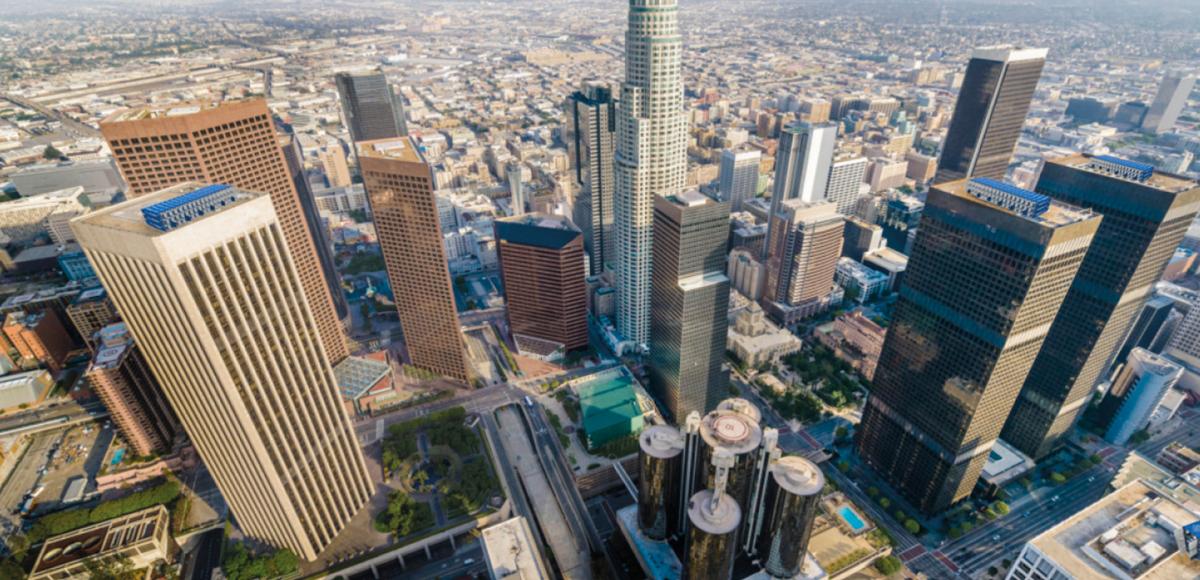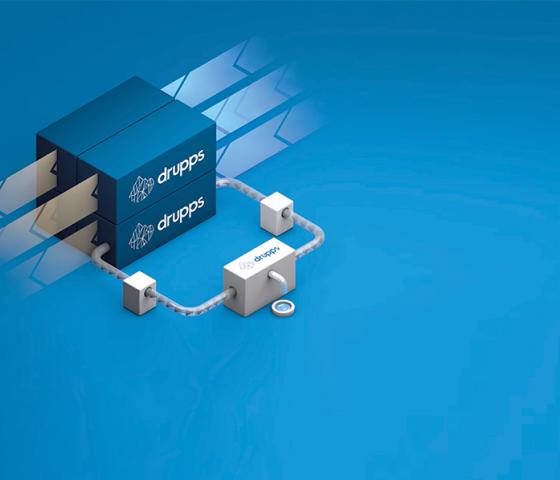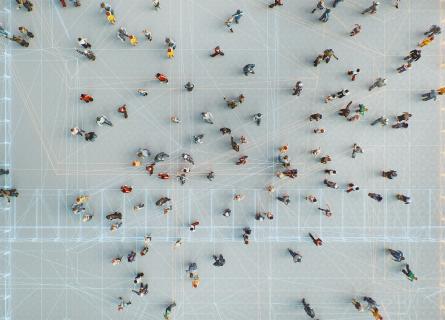
Drinking water sourced directly from the atmosphere
Clean water from thin air?
Yes, nearly. With the help of AFRY, Swedish company Drupps has developed a system that captures water vapour from the atmosphere and converts it into clean drinking water. This new technology has the potential to lessen the burden on highly strained groundwater sources around the world.
The shortage of clean drinking water is one of the world’s biggest public health challenges. According to the World Health Organization, WHO, within a few years half of the world’s population will be living in water-stressed areas, in other words where the supply of fresh water will be lower than the demand. Conflicts and migration flows, poorer sanitation and a higher risk of disease transmission await in the aftermath of water shortages. The atmosphere is full of water vapour, but with the technology currently available we have not succeeded in harnessing these water sources apart from via rain. This insight gave Jonas Wamstad and Fredrik Edström the idea for Drupps, a system that collects vapour from the atmosphere and condenses it into clean drinking water.
From simple idea to advanced system
“Fredrik had an idea of how you could collect and condense the vapour in the air, while I, with experience from mining projects in Burundi, had seen the enormous drinking water shortage and lack of infrastructure for water. We saw that we could mesh our knowledge together,” says Jonas Wamstad, founder and former CEO of Drupps.
AFRY has participated in the development process from an early stage and taken Drupps from idea to product. After several tests with various materials, functions and dimensions, they arrived at a solution that can be produced on an industrial scale.

“The process consists of air being transported through the Drupps system, where a hygroscopic fluid,
with the special property of being able to take in water, absorbs water that exists naturally in the air in its gaseous form. In the next step, the fluid is transported to a vaporiser, where the water is evaporated into water vapour and then separated from the fluid. Finally, the vapour is condensed into water. Throughout the process, the water is cleaned in several stages to ensure that the drinking water produced is free of pollutants,” explains André Lisspers, Product Developer at AFRY.
Everything takes place in a circular system, where the hygroscopic fluid is reused, which decreases resource use and residual waste from the water production process. To enable a scale-up of the process, Drupps was created for use in a container with a design that allows several units to be connected to form larger systems. The container also has the advantage of being transportable on a standard cargo ship, making it easier to distribute the product. The hope is that the system will be able to produce up to 200,000 litres of water per day, provided that the relative humidity is at least 40 percent. In many low- and middleincome countries where water shortages are a major problem, these volumes could meet the daily water needs of 4,000 people.
Minimal environmental impact with recycled energy
One of the foremost challenges for several of the water purification systems that have been developed in recent decades is their adverse environmental impact, which is caused by inadequate treatment of by-products and waste from the facilities. However, the process for Drupps’ water extraction is free of residues. The energy-efficient system also enables the fresh water to be produced using an energy consumption of just 0.2 kilowatts per litre, making the production process cheaper than many of the available alternatives, in which the energy consumption is usually much higher.
The goal is now to further develop Drupps to attain even better energy efficiency. A way of running the
process on energy from waste heat from industries instead of electricity has already been found, which makes production essentially cost-free.
Water shortage a global issue
Drupps can do a lot of good in locations that currently lack a reliable water supply, but there are also major benefits of using the system in other areas. Water pipes and water resources are under growing strain in many cities. The issue of water has become increasingly global, and several different solutions are probably required to secure fresh water supplies in the long term. Drupps creates an alternative way of gaining access to clean water that reduces the burden on lakes and groundwater sources and retains the key ecosystem services that these provide.
“Just like wind and solar power are important complements to total energy production, Drupps can
further add to global water production as it will now be possible to produce water in locations where it was previously impossible. I believe that Drupps and atmospheric water extraction will play a key part in the water supply solutions of the future,” says Lisspers.

